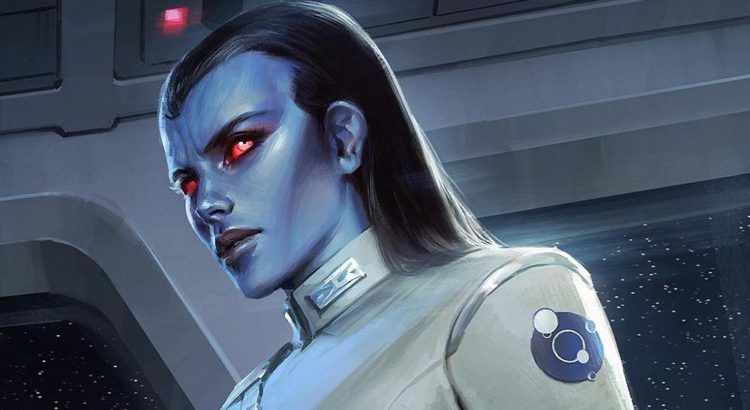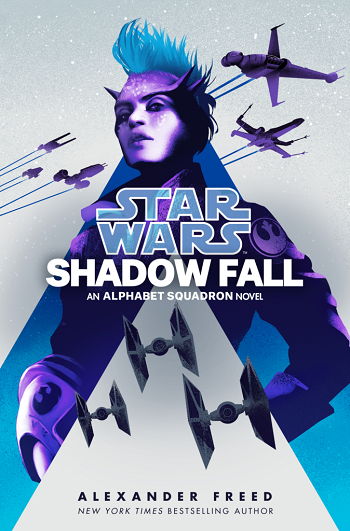In Star Wars, it feels like democracies are always corrupt and republics always fall. It’s been a perverse message in a franchise about light and dark, freedom and oppression. From the Expanded Universe to the prequel trilogy to the sequel trilogy, we see that senators and politicians are untrustworthy and democratic systems are unequipped to survive. Always our plucky heroes defeat the big bad enemy through force and firepower. It felt absurd by the late EU, where the message seemed to be that only soldiers got it done: rely not on elected governments, but on the military. One of the reasons why democratic republics seem doomed to fail in Star Wars is that we’ve never really seen them in their heyday, only in their rough early days or their corrupt final days.
We’ve known since the original A New Hope novelization that there was an “Old Republic of legend” which “throve and grew” “under the wise rule of the Senate and the protection of the Jedi Knights”. In the film, Obi-Wan Kenobi called the Jedi the “guardians of peace and justice”. The 1997 Technical Journal of the Imperial Forces struck an even more idyllic note, calling the Old Republic “a community that had always served its citizenry well and faithfully”, where the “common rule by the Senate served the people wisely and well” and where “planets […] could turn to their neighbors for help” when facing natural disasters or uprisings. But whenever stories took us to the distant past, whether in the EU’s Tales of the Jedi¸ Knights of the Old Republic, or the still-ongoing The Old Republic, the government we saw was never as the legends described. Until now.
The intent of The High Republic initiative is to showcase a “hopeful, optimistic time, when the Jedi are good and noble”, according to Lucasfilm Creative Director Michael Siglain. In the launch stream for the project, Light of the Jedi author Charles Soule described the idea of two Camelots: the Arthurian Round Table of heroic knights of peace and justice, and the Kennedyesque political Camelot of Chancellor Lina Soh’s Galactic Republic. The two Camelots are the perfect pillars to describe the Arthurian Old Republic we’ve heard about since 1977, so it’s no surprise that these are among the main creative focuses of The High Republic.
I want to take a look at the two books that launched The High Republic initiative this week: Soule’s Light of the Jedi and Justina Ireland’s A Test of Courage to see how they frame the two Camelots defining the era. Do we finally get a functional galactic democracy? Does the Republic of legend feel convincing, with serious challenges, flaws, and blind spots it rises to overcome? Are the heroic Jedi as aspirational and inspirational as they are meant to be? Do they still fit with what we know of the Jedi? And finally – since The High Republic era takes place just a few centuries preceding the prequel era — what seeds might be planted for the end of this era of idealism? My short answer is – yes, I think that Soule and Ireland pull off a convincing launch into an era of aspirational idealism that’s a breath of fresh air in Star Wars while still laying the seeds of interesting challenges that I hope the series ends up wrestling with.
Read More




